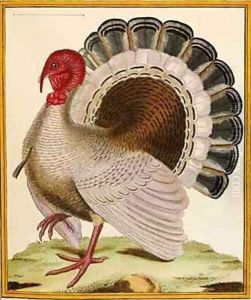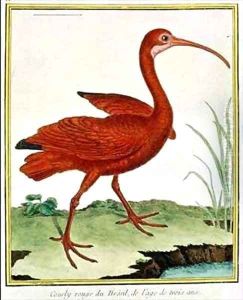Georges de Buffon Paintings
Georges-Louis Leclerc, Comte de Buffon was not an artist in the conventional sense of painters or sculptors, but a towering figure in the Enlightenment era, primarily known for his work as a naturalist and a writer. Born on September 7, 1707, in Montbard, France, Buffon was a prominent French naturalist, mathematician, biologist, and author, whose work had a profound influence on the natural sciences during the 18th century and beyond. He is best known for his monumental 36-volume work, 'Histoire Naturelle, générale et particulière' (Natural History, General and Specific), which was published between 1749 and 1788. This comprehensive work aimed to present all known knowledge about the natural world—a daring feat at that time.
Buffon's upbringing and education played a significant role in shaping his intellectual pursuits. He was born into a wealthy family, which allowed him to receive an excellent education. He studied law in Dijon but quickly shifted his interest towards mathematics and science, eventually enrolling at the University of Angers. It was here that Buffon began his scientific career, initially focusing on mathematics and later expanding into biology and natural history.
Throughout his career, Buffon's work was characterized by a keen observation of nature and a philosophical approach to science. He was among the first to suggest that species could change over time, a concept that would later influence Charles Darwin and the theory of evolution. Buffon also made significant contributions to the understanding of geology and the age of the Earth, challenging the contemporary belief in a young Earth and suggesting that it was much older.
Buffon's influence extended beyond the realm of science. His eloquent writing and the philosophical underpinnings of his work made him a central figure of the French Enlightenment. He held the position of the Intendant at the Jardin du Roi, now known as the Jardin des Plantes of the Muséum national d'histoire naturelle in Paris, for over fifty years. This role allowed him to influence the development of natural history museums and the dissemination of scientific knowledge to the public.
Buffon died on April 16, 1788, in Paris, leaving behind a legacy that bridged the gap between science and the humanities. His ideas on natural history, evolution, and the interconnectedness of the living world paved the way for future generations of scientists and thinkers. Although not an artist in the strictest sense, Buffon's work was indeed a form of art, blending scientific observation with philosophical insight and literary elegance.

